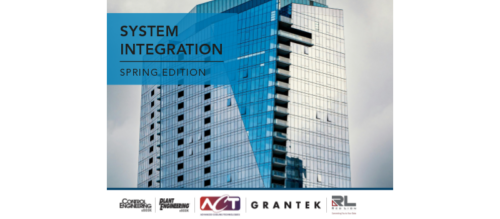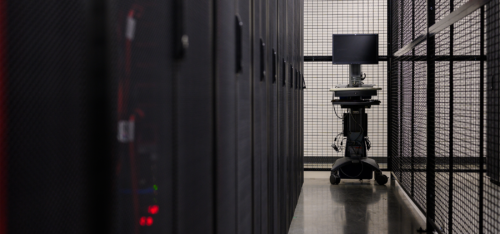The time is now for systems integrators, manufacturers
Labor and skills shortages justify increased automation; SIs occupy key position in today’s supply chains; SI Giants embrace the opportunities
System integration insights
- Systems integrators offer advanced tech access, aiding productivity through information technology/operational technology (IT/OT) convergence and automation.
- Current tech advancements, like the industrial Internet of Things (IIoT) and artificial intelligence (AI), rival the impact of programmable logic controllers (PLCs) and enterprise resource planning (ERP) in the 1980s.
According to a 2021 assessment from Deloitte, the manufacturing industries are hobbled by a skills gap that could leave as many as 2.1 million manufacturing jobs unfilled by 2030. In response to that challenge, systems integrators (SIs) offer goods producers’ access to highly trained resources and advanced technologies, which otherwise might not be available.
The SI Giants chart supplies important information regarding the wide variety of systems integrators ready to address the opportunities and challenges facing American industry, and specifically manufacturing.
View the 2024 System Integrator Giants.
Integrators combine sophistication regarding technology innovation with practical, hands-on experience. Collaborating with systems integrators is the means to significant productivity improvement powered by automation and information and operations technology (IT/OT) convergence.
What’s wanted
What’s more, with the proliferation of the industrial Internet of Things (IIoT), cloud computing and analytics, and the dawn of AI-based applications, some experts say there’s more technology innovation coming to light at the moment than any time since the introduction of programmable logic controllers (PLC), enterprise resources planning (ERP) and computer-aided design (CAD) in the 1980s.
Karen Griffin is vice president of Hargrove Controls & Automation, the SI branch of the larger EPC firm. She is also chair of the Control Systems Integrators Association (CSIA).
When it comes to Industry 4.0, Griffin says Hargrove clients sometimes want to implement a specific technology but more often they want support generating a roadmap that determines future directions and then help implementing the necessary steps.
“The technology supplier sales force inundates manufacturers with different options. The technologies are on display at trade shows, each promising significant return on investment. But when it comes down to the implementation, some crucial factors to consider are if the facility is ready, if the workers are properly trained, and if the workflow is appropriate to accommodate the new technology.”
Market characteristics
SIs come in all different shapes and sizes. Some are part of much larger engineering, procurement and construction (EPC) companies. One common way of classifying SIs is by industries and geographies covered. An SI may be operations, enterprise or supply-chain centric.
Jose Rivera is CEO of the CSIA. CSIA, a CFE Media and Technology content partner, contributes to the November/December GSIR and is the only association committed to helping SIs build successful businesses through its certification and other programs.
“Systems integrators have a role in helping U.S. manufacturers address labor and skills shortages,” Rivera said. “Besides reshoring, the infrastructure bill and renewables demand are impacting U.S. manufacturing. Greater use of automation can help manage costs, improve quality and ensure safety.”
System integrators are more diverse today than in the past. For example, SCADA used to be almost solely a plant-floor concern. Today, it’s less about individual workers as it is about a range of functions having an interest in plant-floor data.
“SIs have changed. In the past they were mainly small companies doing similar things. Today, what SIs contribute is more diverse in terms of talent, training, project management and more,” Rivera said.
Hands-on training
Skilled labor shortages will be addressed by market mechanisms that attract talented individuals to higher paying jobs. It’s also the case that what’s needed isn’t so much specific skill sets as individuals equipped with a propensity to learn.
According to the World Economic Forum, the top 10 skills for the future include complex problem solving, critical thinking, creativity, active learning, emotional intelligence, technology systems analysis and service orientation.
“When evaluating for competency, we look for people who are technologically minded and who have the ability to think logically, to come up with technical solutions. Many in automation are either from degreed engineering fields or have worked their way up through the field. Both can be equally capable because it’s really more about how you think and how you solve problems,” Griffin said.
That means, for example, there can be many avenues by which to train people equipped with this propensity, in school or otherwise.
“We learn on the job throughout our careers,” Griffin said. “It’s not a field to choose because you want to get good at something and do that for the rest of your career. In this technology-driven environment, about the time you master your job, it changes.”
Do you have experience and expertise with the topics mentioned in this content? You should consider contributing to our CFE Media editorial team and getting the recognition you and your company deserve. Click here to start this process.




